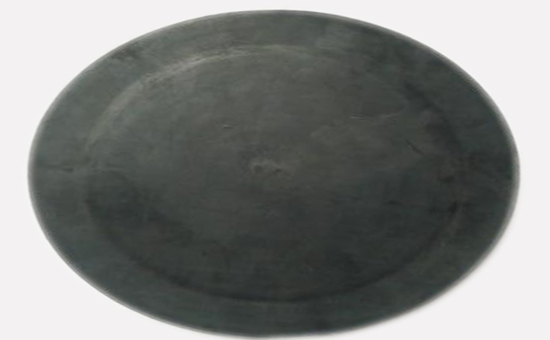
Natural rubber, which is the most widely used general-purpose rubber, is widely used in various industries. However, due to the high price of natural rubber itself, it has even soared to more than 40,000 yuan/ton, which has brought great cost pressure to rubber products manufacturers. Therefore, in addition to the appropriate use of replacement raw materials (such as latex reclaimed rubber, composite natural rubber, sub-brand natural rubber, floor-standing natural rubber), it is through high-temperature vulcanization to improve production efficiency. So can natural rubber products really increase the vulcanization temperature in the production process to increase production efficiency?
During the processing of rubber products, the physical and mechanical properties of vulcanized rubber (mainly including tensile strength, elastic modulus, elongation at break, hardness, resilience, etc.) will decrease as the vulcanization temperature increases. As the vulcanization temperature increases, the cross-linking reaction of the rubber decreases, and the cross-linking density of the vulcanization decreases, until the physical and mechanical properties of the vulcanization point are significantly decreased, especially after the vulcanization temperature exceeds 160 °C.
The main component of natural rubber is cis-1,4-polyisoprene (rubber hydrocarbon), which exhibits good elasticity and high mechanical strength at normal temperature, but slowly ages after heating, and starts to flow at 130-140 °C. Decomposition starts at about 200 °C, and it decomposes violently at over 270 °C. Compared with synthetic rubber, high temperature vulcanization has a great influence on the physical properties of natural rubber.
Studies have shown that most of the internal cross-linking bonds of ordinary natural rubber after vulcanization at 140 ° C for 2 h are polysulfide bonds. After vulcanization at 180 ° C for 20 min, only disulfide bonds and a large number of monosulfide bonds remain, which shows that natural rubber is in high temperature conditions. Under the sulphur problem, the crosslink density of the rubber material drops sharply, and the physical and mechanical strength is significantly reduced. (Supplement: When sulfur is used as a vulcanizing agent, there are many polysulfide bonds, the crosslinking density is larger, and the vulcanized rubber has higher physical and mechanical strength, but its thermal stability is poor.)
Rubber products produced by using natural rubber generally have high requirements on elasticity and mechanical strength, but simply increasing the vulcanization temperature, selecting high-temperature vulcanization to increase production efficiency, and lowering the production cost may lead to a sharp decline in the quality of natural rubber products; therefore, in the actual production process Natural rubber products manufacturers must carefully choose high-temperature vulcanization, and coordinate the relationship between rubber product quality and production efficiency through reasonable formula design. For some natural rubber products whose mechanical strength requirements are not particularly high, an effective vulcanization system or a semi-effective vulcanization system can be used. Properly increase the vulcanization temperature.
Exclusive original article [commercial authorization] reprint, excerpt and excerpt in any form are prohibited without written authorization. Focus on Hongyun rubber: learn the process formula and raw material technology of producing rubber products from recycled rubber to help you reduce costs and increase profits